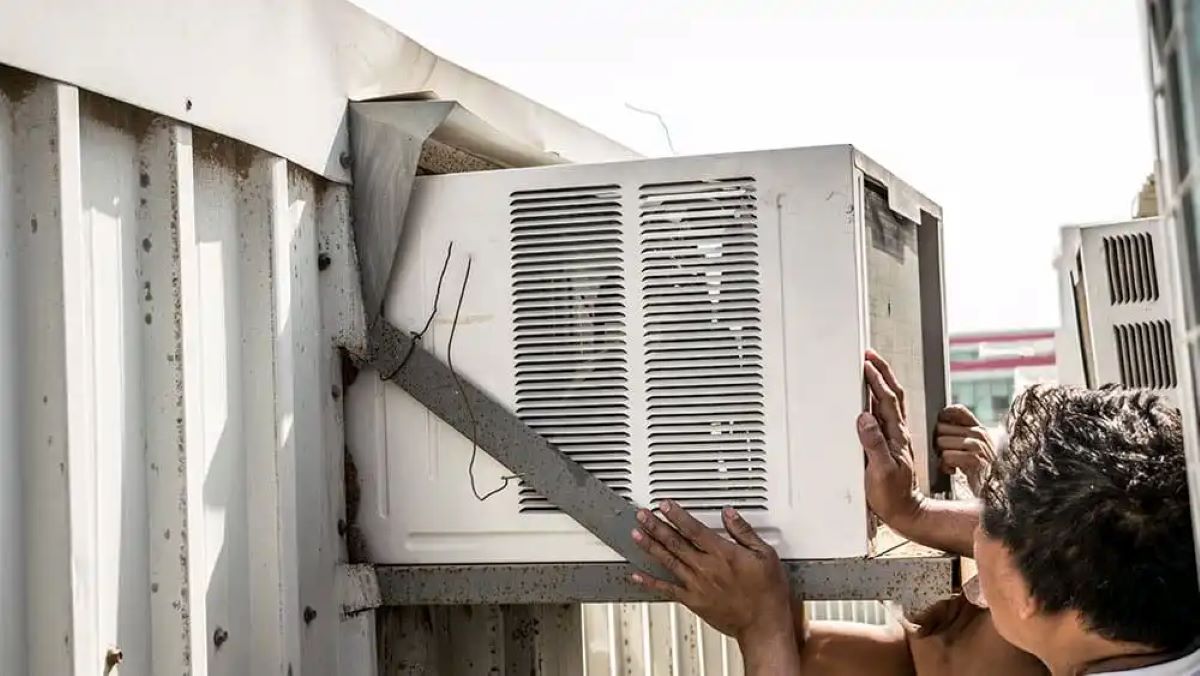

Articles
How To Store Air Conditioner
Modified: January 7, 2024
Looking for articles on how to store your air conditioner? Discover expert tips and advice for properly storing your AC unit to ensure its longevity and efficient performance.
(Many of the links in this article redirect to a specific reviewed product. Your purchase of these products through affiliate links helps to generate commission for Storables.com, at no extra cost. Learn more)
Introduction
When the summer season comes to an end and you no longer need your air conditioner, it’s important to store it properly to ensure its longevity and performance when you need it again. Properly storing your air conditioner not only protects it from dust, debris, and damage but also allows for a smooth transition when you start using it again in the next season.
Storing your air conditioner requires a few essential steps to ensure its safety and keep it in optimal condition. In this article, we will guide you through the process of storing your air conditioner effectively. Whether you have a window unit or a central AC system, these steps can be applied to ensure the best results.
Before you begin the storage process, it’s important to gather the necessary tools and materials. These may include cleaning supplies, such as a vacuum cleaner, microfiber cloth, and mild detergent, as well as protective covers, zip ties, and tape. Having these items on hand will make the process easier and more efficient.
Remember, safety is paramount, so make sure to follow any manufacturer instructions specific to your air conditioner model. With that said, let’s dive into the step-by-step process of storing your air conditioner.
Key Takeaways:
- Properly storing your air conditioner involves steps such as preparing, cleaning, removing filters, draining water, protecting components, covering, selecting a storage location, and safe storage. Following these steps ensures optimal performance and longevity.
- By taking the time to store your air conditioner with care, you can prevent damage, preserve functionality, and extend its lifespan. Following manufacturer recommendations and regular inspections are crucial for maintaining the unit’s condition.
Read more: How To Store An Air Conditioner
Step 1: Preparing the Air Conditioner for Storage
The first step in storing your air conditioner is to properly prepare it for storage. This involves shutting off the power supply and disconnecting any electrical connections associated with the unit.
Start by turning off the air conditioner at the circuit breaker or by unplugging it from the power outlet. This will prevent any accidental starts or power surges while you are working on the unit.
Next, carefully examine the unit for any signs of damage or wear. Check the power cord for frayed wires or exposed insulation, and replace it if necessary. Inspect the exterior of the unit for cracks or dents that may have occurred during use. Repair or replace any damaged parts before proceeding.
If you have a window unit, you may need to remove it from the window frame. Follow the manufacturer’s guidelines or instructions on how to safely dismount it. For central AC systems, you can move on to the next step.
Before moving the air conditioner, make sure to remove any loose items or debris that may have accumulated around the unit, such as leaves or twigs. This will ensure a clean and hassle-free storage process.
Lastly, take a moment to label any disconnected wires or components to ensure easy reinstallation when the time comes. Use masking tape or labels to mark each connection with its corresponding location.
By properly preparing your air conditioner for storage, you can avoid potential damage and ensure a smooth storage process. Now that your air conditioner is ready, it’s time to move on to the next step: cleaning the air conditioner.
Step 2: Cleaning the Air Conditioner
Before storing your air conditioner, it’s crucial to give it a thorough cleaning. Over time, dust, dirt, and debris can build up inside the unit, affecting its performance and efficiency. Cleaning the air conditioner will not only improve its functionality but also prevent any potential issues when you use it again in the future.
Start by removing the front grille or cover of the air conditioner. Most models allow for easy removal, either by sliding or lifting it off. Consult the user manual or manufacturer’s instructions if you encounter any difficulties.
Once the grille or cover is removed, use a vacuum cleaner with a brush attachment or a soft-bristled brush to remove any loose dirt or debris from the coils, fins, and fan blades. Be gentle and avoid applying excessive pressure, as you don’t want to damage any delicate components.
If there are stubborn dirt or grime buildup, you can use a mild detergent mixed with water to wipe down the surfaces. Dip a soft cloth or sponge into the soapy solution and gently scrub the dirty areas. Be sure to rinse the cloth or sponge frequently to remove dirt and prevent spreading it around.
Pay special attention to the fins, as they can easily become bent or damaged. Use a fin comb or a toothbrush to carefully straighten any bent fins. This will help improve the air circulation and ensure the unit operates efficiently.
Once you’ve cleaned all the accessible parts, it’s time to tackle the filters. Filters are an essential component of an air conditioner as they trap dust, pollutants, and allergens. Cleaning or replacing the filters regularly will help maintain the air quality in your home and prevent any strain on the unit.
Refer to the user manual or manufacturer’s instructions to locate and remove the filters. Some filters can be washed with warm water and mild detergent, while others may need to be replaced entirely. If the filters are washable, gently rinse them under running water until all the dirt and debris are removed. Allow them to air dry completely before reinserting them back into the unit.
By thoroughly cleaning your air conditioner, you can ensure its optimum performance and prolong its lifespan. With the air conditioner now clean and ready, let’s move on to the next step: removing and storing the filters.
Step 3: Removing and Storing the Filters
The filters in your air conditioner play a crucial role in trapping dust, allergens, and other particles from the air. To maintain the efficiency of your unit, it’s important to properly remove and store the filters before storing the air conditioner.
Start by referring to the user manual or manufacturer’s instructions to locate the filters. Depending on the type of air conditioner you have, the filters may be located in different areas. Common locations include behind the front grille, inside a compartment, or on the side of the unit.
Carefully remove the filters from their designated locations. Take note of how they were installed so you can easily reinstall them when the air conditioner is back in use. If the filters are washable, follow the cleaning instructions mentioned earlier. Allow them to dry completely before moving on to the next step.
After the filters are clean and dry, it’s time to store them properly. Place each filter in a clean plastic bag or airtight container to keep them protected from dust and moisture. Label the bags or containers with the corresponding air conditioner unit to ensure easy identification later on.
If you have multiple air conditioner units, it’s important to separate and label the filters accordingly. This will help prevent confusion and ensure that each filter is returned to its proper unit.
Store the filters in a cool, dry place away from direct sunlight and extreme temperatures. Ideally, you should store them in the same location where you plan to store the air conditioner itself.
By removing and storing the filters properly, you can maintain their effectiveness and prolong their lifespan. With the filters safely stored, let’s move on to the next step: disconnecting and draining water from the air conditioner.
Step 4: Disconnecting and Draining Water
Many air conditioner units, particularly window units, have mechanisms that collect and drain water that accumulates during the cooling process. Before storing your air conditioner, it’s important to disconnect and drain any remaining water to prevent damage and mold growth.
Start by locating the drainage hole or pan at the bottom of the air conditioner. This is where the water collects and drains. Consult the user manual or manufacturer’s instructions if you are unsure of the exact location.
Place a shallow tray or bucket underneath the drainage hole to catch any water that comes out. This will prevent any water damage or spills during the draining process.
Open the drainage hole or remove the drain plug to allow the water inside the unit to flow out. The amount of water will vary depending on the unit and the humidity levels in your area. Allow the water to completely drain out before proceeding.
If your air conditioner has a condensate drain tube, make sure it is also clear and free of any obstructions. Use a small brush or pipe cleaner to clean out any debris that may be blocking the tube.
Once the water has drained, wipe down the inside of the unit with a clean, dry cloth to remove any remaining moisture. Pay special attention to the drainage area, coils, and any other damp spots.
After ensuring that the unit is dry, close the drainage hole or replace the drain plug securely. This will prevent any further water from entering the unit during storage.
By disconnecting and draining water from your air conditioner, you can prevent water damage and the growth of mold or mildew. With the water drained and the unit dry, let’s move on to the next step: protecting the compressor and coils.
When storing an air conditioner, make sure to clean the filters and coils, remove any debris, and cover the unit to protect it from dust and moisture. Store it in a dry, cool place to prevent damage.
Read more: How To Store A Window Air Conditioner
Step 5: Protecting the Compressor and Coils
As you prepare to store your air conditioner, it’s important to protect the compressor and coils from dust, debris, and potential damage. The compressor and coils are vital components of the unit, and taking measures to safeguard them will help ensure the air conditioner functions optimally when it is used again.
To protect the compressor, start by inspecting it for any signs of damage or wear. Look for cracks, loose parts, or oil leaks. If you notice any issues, it’s best to consult a professional for repairs before storing the unit. Taking care of any necessary repairs now will save you time and effort in the long run.
Next, cover the compressor with a protective cover or tarp. This will shield it from dust, moisture, and potential impacts during the storage period. Make sure the cover is securely fastened to prevent it from being blown off by wind or pests.
For the coils, consider using coil cleaner or a mild detergent to remove any dirt or grime. Apply the cleaner as instructed by the manufacturer, and rinse it off thoroughly with water. Allow the coils to dry completely before proceeding.
Once the coils are dry, cover them with a coil protector or a layer of plastic wrap. This extra layer of protection will prevent dust and debris from accumulating on the coils during storage.
Additionally, you may want to consider placing a desiccant or moisture absorber near the compressor and coils. This will help absorb any excess moisture in the air and reduce the risk of corrosion or mold growth.
By taking the time to protect the compressor and coils, you can preserve the integrity of these important components and ensure the longevity of your air conditioner. With the compressor and coils protected, let’s move on to the next step: covering and securing the air conditioner.
Step 6: Covering and Securing the Air Conditioner
Properly covering and securing your air conditioner is crucial for protecting it from dust, debris, and potential damage during the storage period. By following this step, you can ensure that your unit remains in good condition and is ready for use when you need it again.
Start by selecting a cover specifically designed for air conditioners. These covers are typically made of durable, weather-resistant materials that provide adequate protection. Measure your air conditioner to ensure you choose the right size cover.
Carefully place the cover over the air conditioner, making sure it fits snugly. The cover should completely encase the unit, including the top and sides, while leaving the bottom open for proper ventilation. Use elastic or drawstring cords to secure the cover in place, ensuring it doesn’t get blown off by wind or rain.
If you don’t have a cover specifically made for air conditioners, you can use a tarp or heavy-duty plastic sheeting. Wrap the tarp or plastic around the unit and secure it with zip ties or bungee cords. Ensure that the cover is tightly sealed to prevent any moisture or pests from entering.
In addition to covering the air conditioner itself, it’s a good idea to protect the external components such as the power cord and electrical connections. Wrap these areas with electrical tape or utilize cable organizers to keep everything organized and secure.
Remember to label the cover with the corresponding air conditioner unit or mark it somehow for easy identification later on. This will help you avoid confusion if you have multiple units in storage.
By properly covering and securing the air conditioner, you can safeguard it from external elements and potential damage. With the unit covered and secured, let’s move on to the next step: selecting an appropriate storage location.
Step 7: Selecting an Appropriate Storage Location
Choosing the right storage location for your air conditioner is crucial for its safety and maintenance during the off-season. The location you select should offer proper protection from environmental elements and provide an ideal climate for storage. Here are some factors to consider when selecting the storage location for your air conditioner.
1. Indoor vs. Outdoor: Whenever possible, it is best to store your air conditioner indoors. An indoor storage location provides more protection from harsh weather conditions, extreme temperatures, and potential damage caused by sunlight, rain, or snow. If indoor storage is not possible, consider using a dedicated outdoor storage shed or area that offers some level of protection.
2. Clean and Dry: Choose a storage location that is clean, dry, and free from excessive moisture or humidity. Moisture can lead to mold, mildew, and corrosion, which can be detrimental to your air conditioner. If necessary, use a dehumidifier or moisture absorbers to control the humidity in the storage area.
3. Pest Control: Ensure that the storage location is free from pests, such as rodents or insects, as they can cause damage to your air conditioner. Use pest control measures like traps or repellents to keep unwanted critters away.
4. Ventilation: Proper ventilation is essential to prevent the buildup of stale air and moisture. Make sure the storage area has adequate airflow to avoid moisture accumulation and promote air circulation around the unit.
5. Elevate and Protect: Consider elevating your air conditioner off the ground to protect it from potential water damage. You can use wooden blocks, pallets, or storage shelves to lift the unit. Additionally, place a waterproof mat or a plastic tray underneath the unit to catch any condensation or water that may accumulate.
6. Accessibility: Choose a storage location that allows for easy access when you need to retrieve the air conditioner. Make sure the space is large enough to accommodate the unit and provides enough room for you to maneuver or transport it without difficulty.
7. Security: Lastly, consider the security of the storage location. If possible, keep your air conditioner in a locked area to prevent theft or unauthorized access.
By carefully selecting an appropriate storage location, you can ensure that your air conditioner is well-protected and preserved during the off-season. Now that you have chosen a storage location, let’s move on to the final step: storing the air conditioner safely.
Step 8: Storing the Air Conditioner Safely
The final step in properly storing your air conditioner is to ensure that it is stored safely to prevent any damage and maintain its performance. By following these guidelines, you can protect your air conditioner and ensure it remains in good condition until it is needed again.
1. Secure the power cord: Make sure the power cord is neatly tied or secured to prevent it from getting tangled or damaged during storage. This will also help streamline the setup process when you’re ready to use the air conditioner again.
2. Avoid stacking items: Be cautious not to pile anything on top of the stored air conditioner. Excessive weight can cause damage to the unit or compress the components, affecting its functionality when it’s time to use it again.
3. Regular inspections: While your air conditioner is in storage, periodically check on it to ensure there are no signs of damage, and that it remains in good condition. Look for any signs of leakage, corrosion, or pest infestation. If any issues arise, address them promptly to prevent further damage.
4. Follow manufacturer recommendations: It’s important to always follow the specific storage guidelines provided by the manufacturer. Each air conditioner model may have unique considerations and requirements for proper storage. Refer to the user manual or contact customer support for any specific recommendations.
5. Set a reminder: To ensure the air conditioner is not forgotten and left in storage for an extended period, set a reminder or mark your calendar for when it’s time to retrieve and reinstall it for the upcoming season.
6. Professional inspection: Before using the stored air conditioner for the next season, consider scheduling a professional inspection or maintenance service. This will help ensure that the unit is in the best possible shape and that any necessary repairs or maintenance can be addressed in a timely manner.
7. Reinstall with care: When it’s time to reinstall the air conditioner, do so carefully and follow the appropriate steps outlined in the user manual. Double-check all connections, filters, and settings to ensure everything is in place and functioning properly before starting the unit.
By taking the necessary precautions and properly storing your air conditioner, you can maintain its longevity, performance, and overall functionality. With these steps completed, you can rest assured knowing that your air conditioner is safely stored and ready for the next cooling season.
Read more: How To Store Portable Air Conditioner
Conclusion
Properly storing your air conditioner at the end of the summer season is essential for its longevity and optimal performance. By following the step-by-step guide outlined in this article, you can ensure that your air conditioner remains in good condition and is ready to cool your space when you need it again.
From preparing the air conditioner for storage and cleaning it thoroughly to removing and storing the filters, disconnecting and draining water, protecting the compressor and coils, covering and securing the unit, selecting an appropriate storage location, and storing it safely, each step plays a crucial role in maintaining your air conditioner.
Remember to always consult the user manual or manufacturer’s instructions specific to your air conditioner model for any additional recommendations or unique storage guidelines.
By taking the time to properly store your air conditioner, you can prevent damage, preserve its functionality, and extend its lifespan. When the next cooling season arrives, you’ll be able to effortlessly retrieve and reinstall your air conditioner for maximum comfort.
So, take the necessary steps to store your air conditioner with care, and enjoy the peace of mind knowing that your cooling system is protected until it’s needed again. Stay cool and comfortable!
Frequently Asked Questions about How To Store Air Conditioner
Was this page helpful?
At Storables.com, we guarantee accurate and reliable information. Our content, validated by Expert Board Contributors, is crafted following stringent Editorial Policies. We're committed to providing you with well-researched, expert-backed insights for all your informational needs.

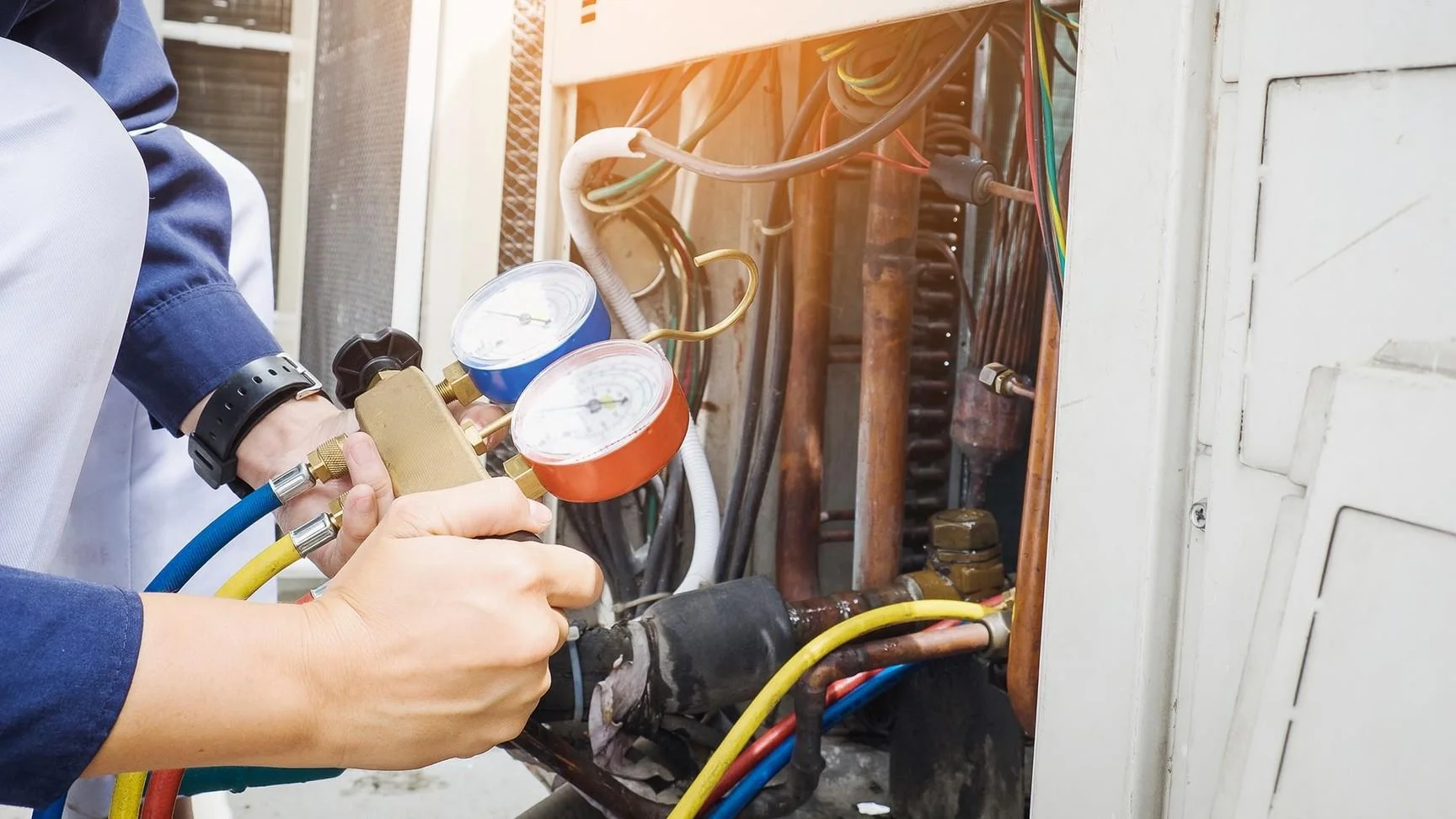
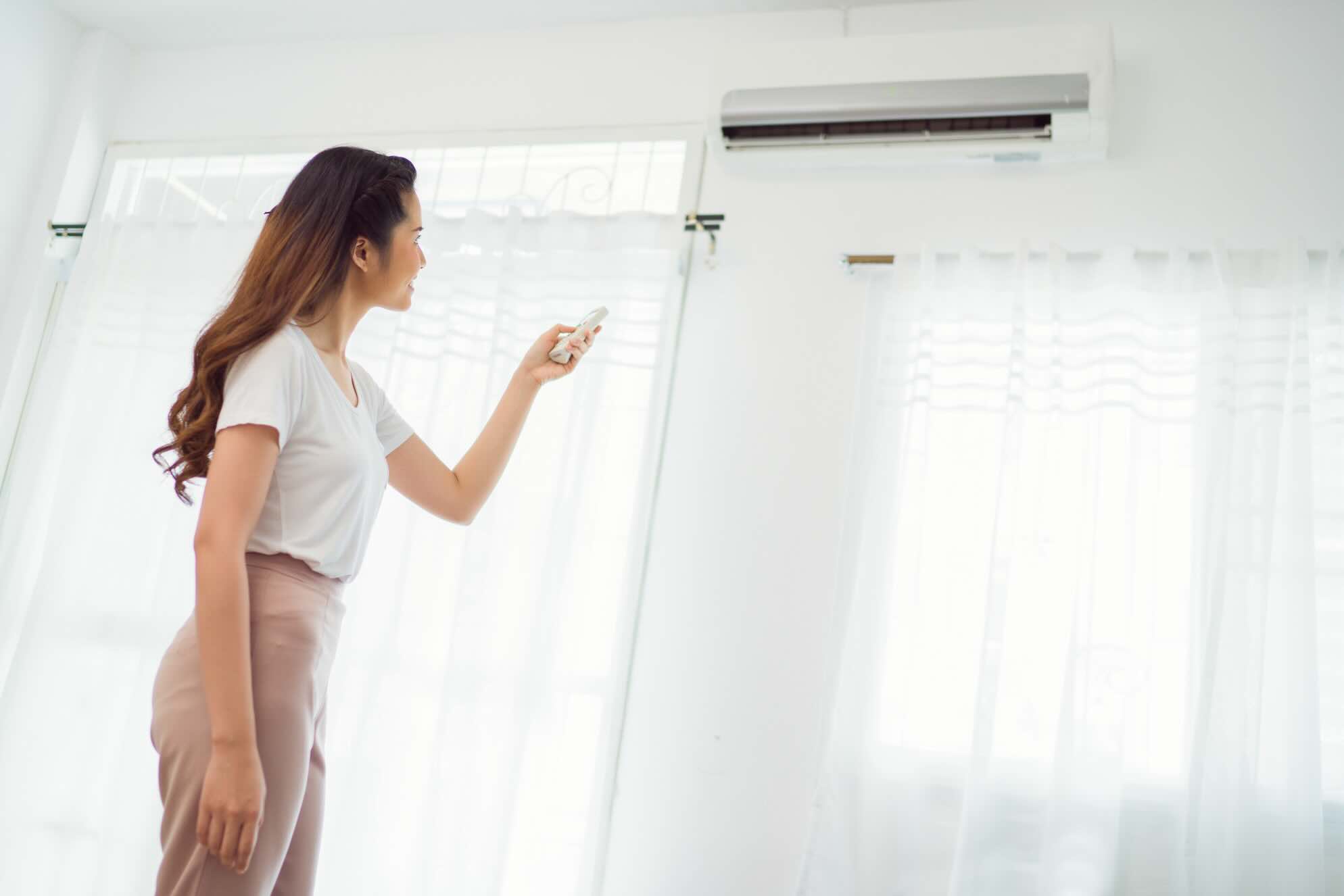
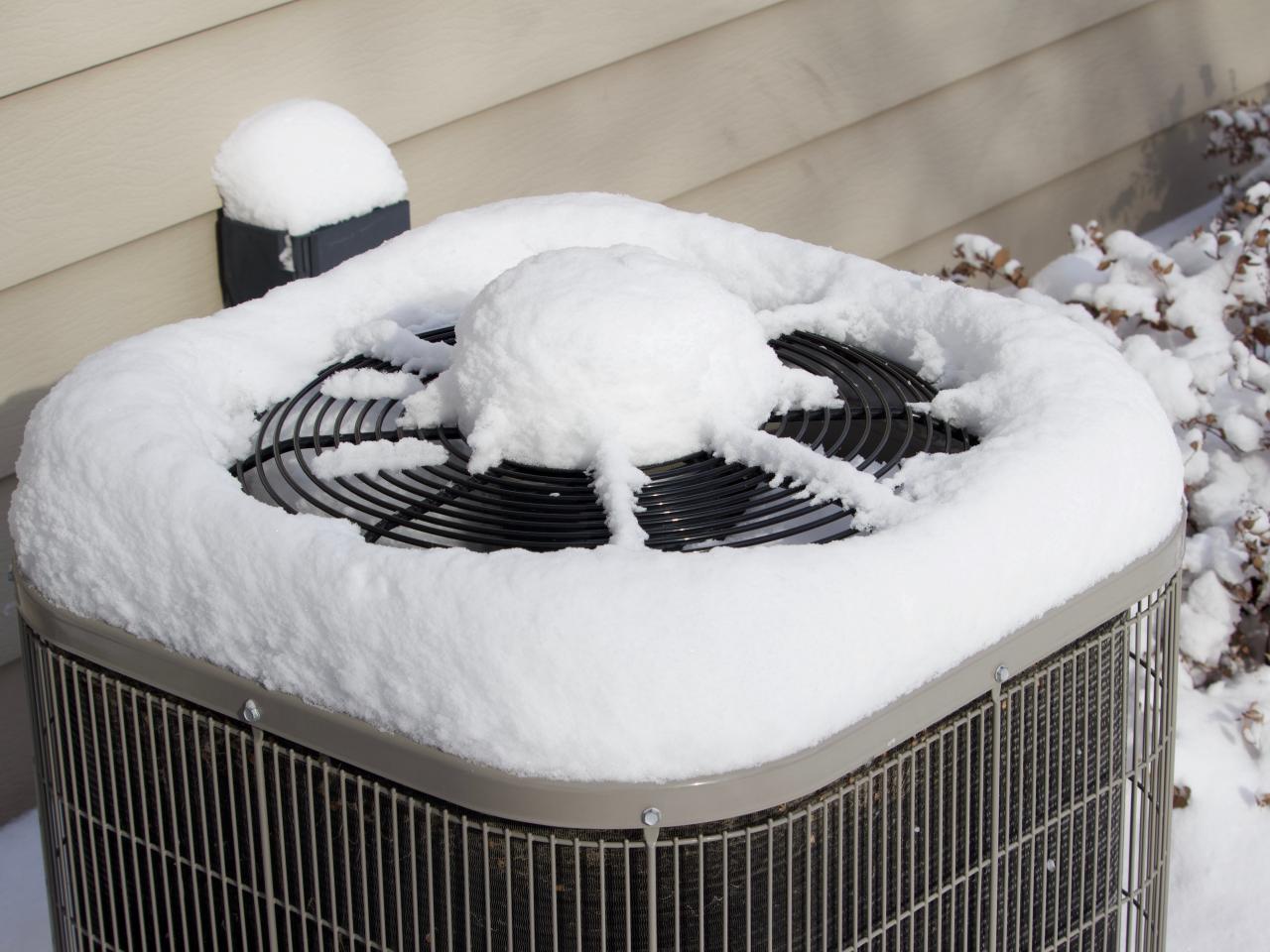
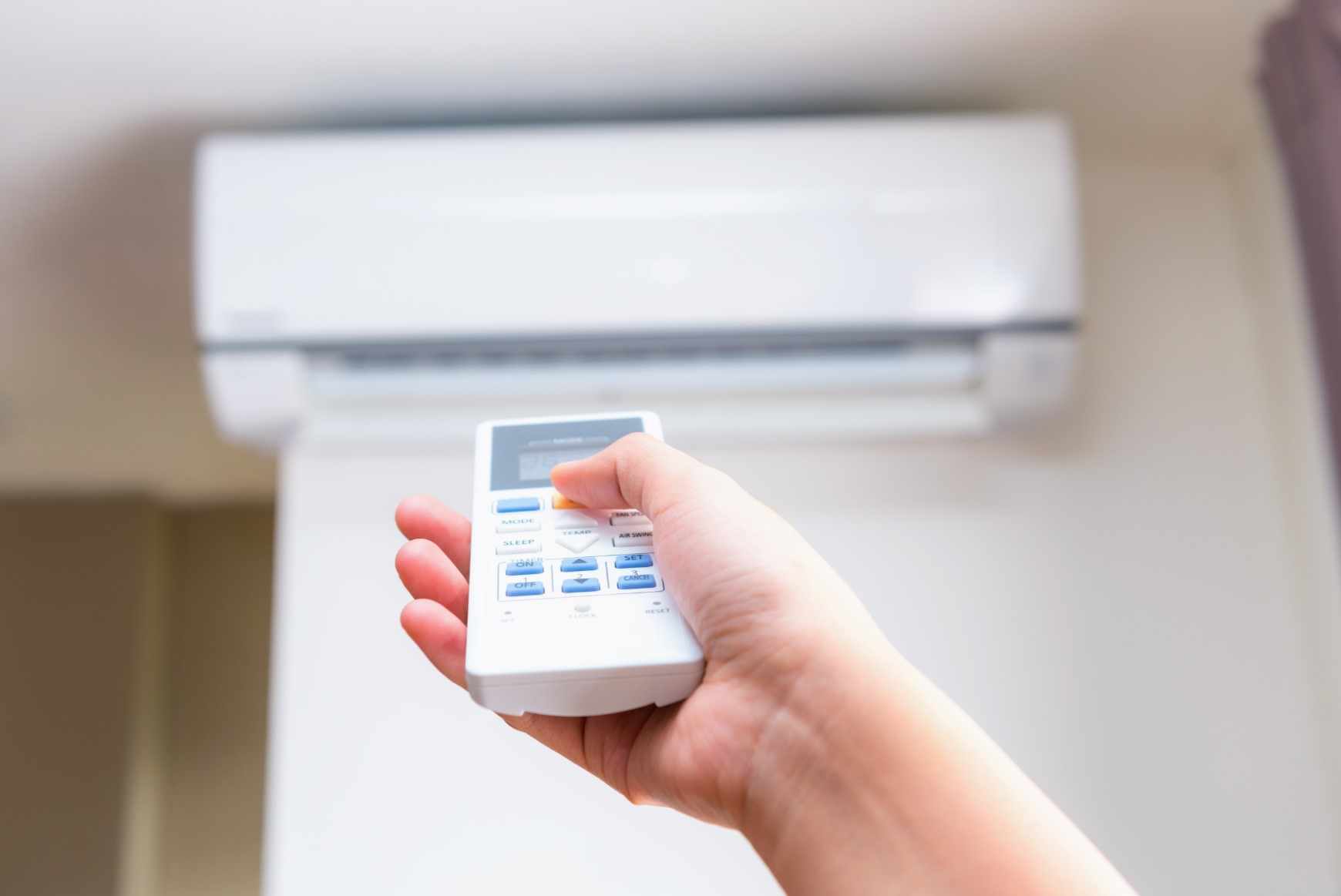
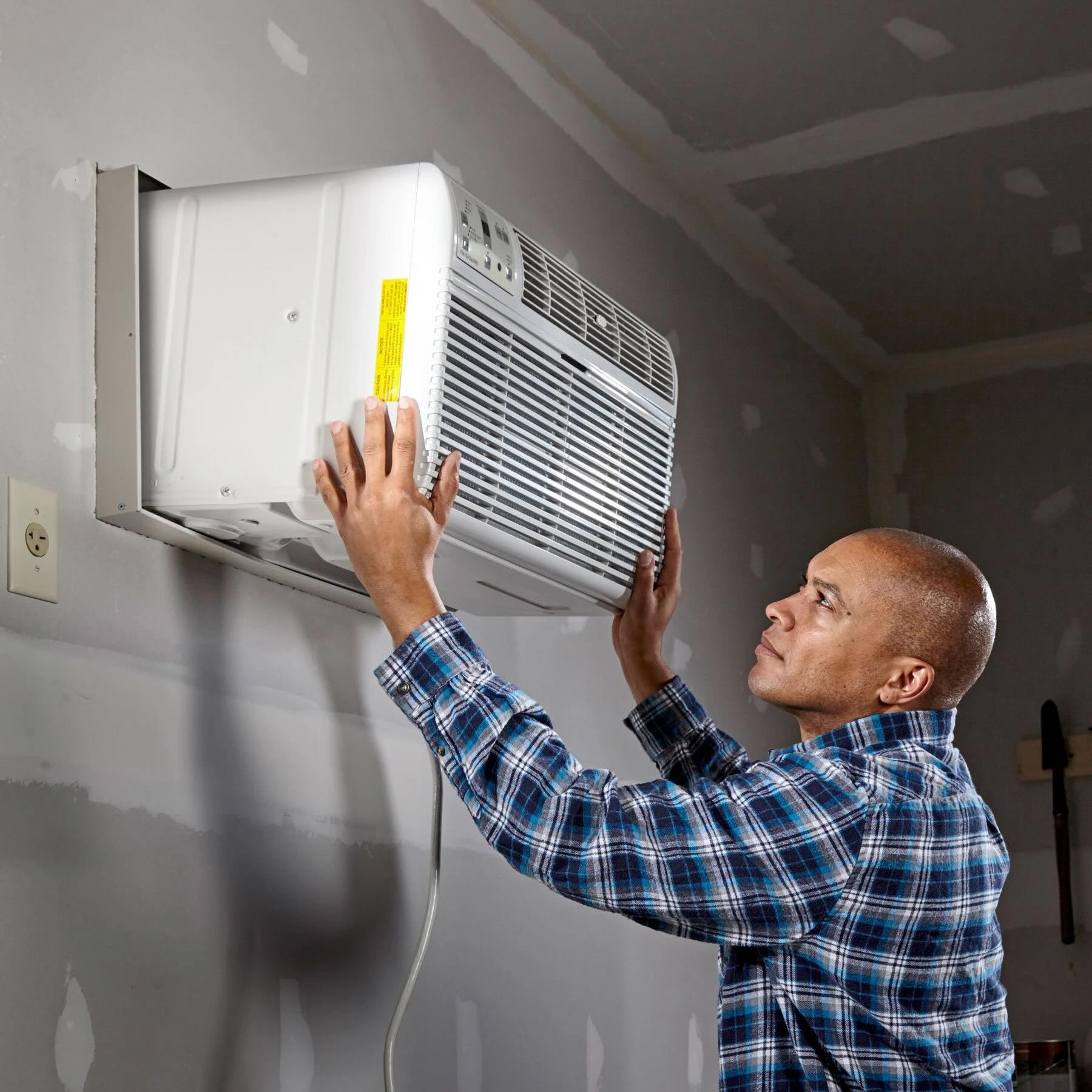
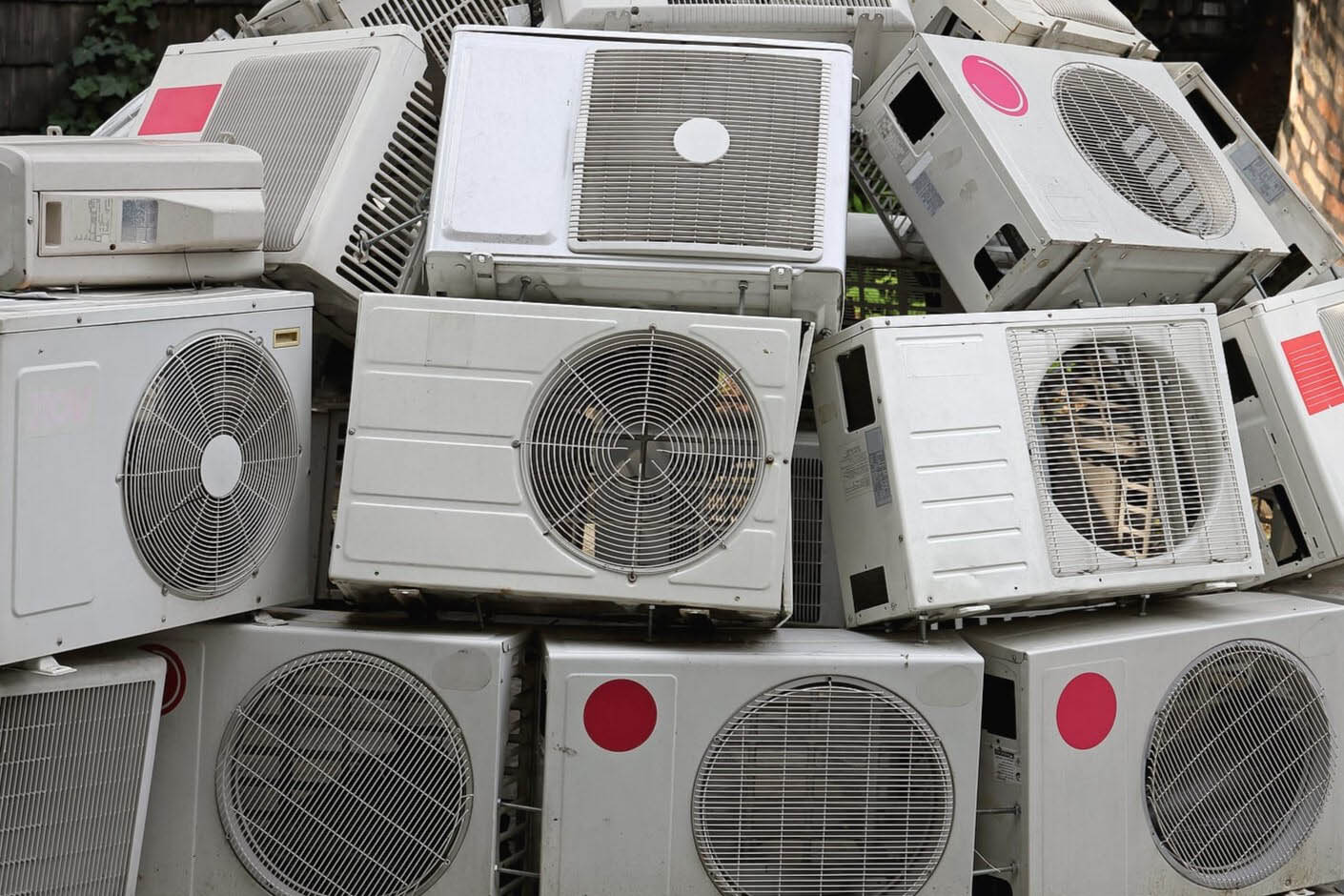
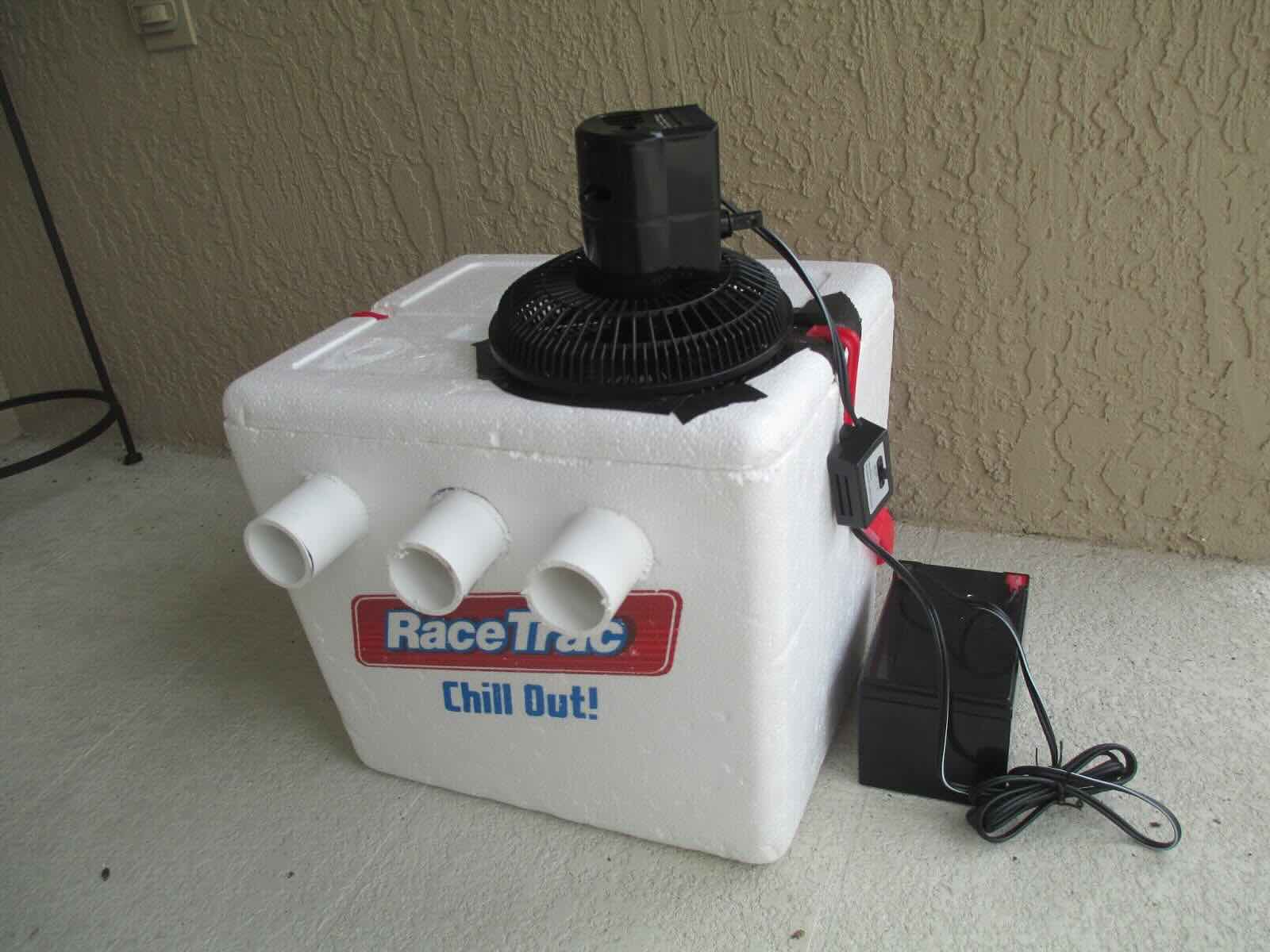
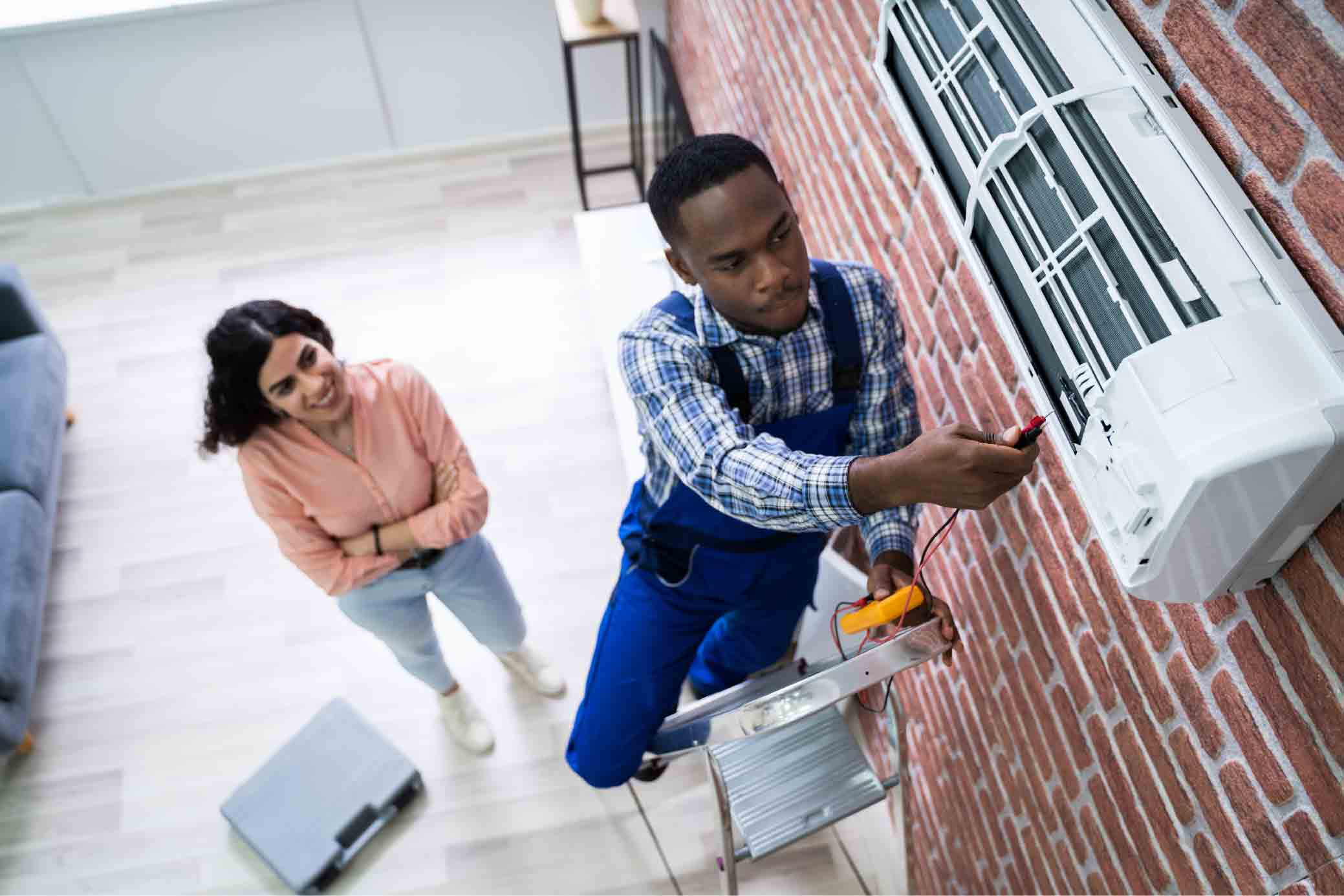
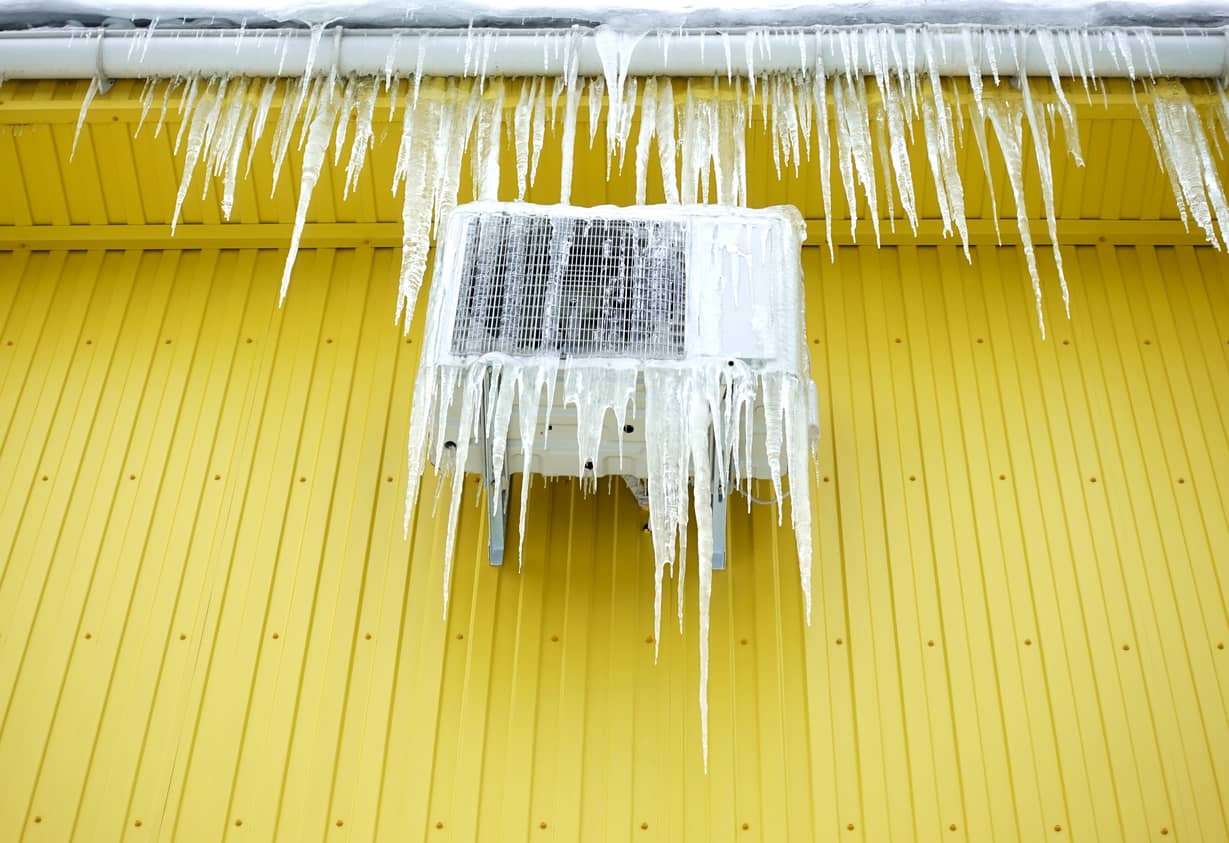
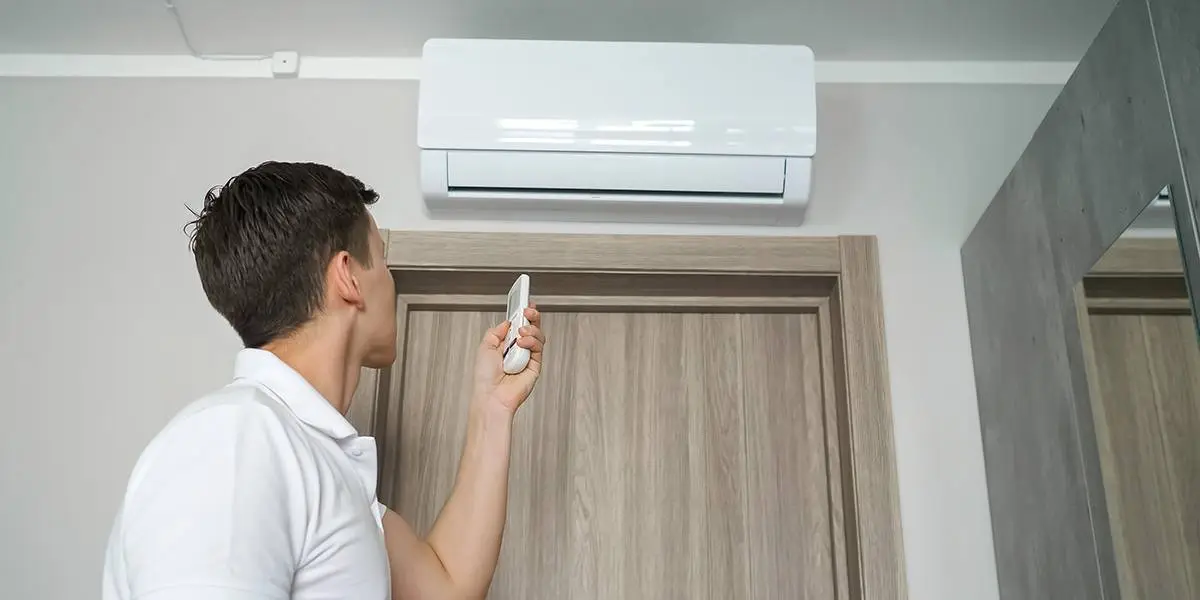
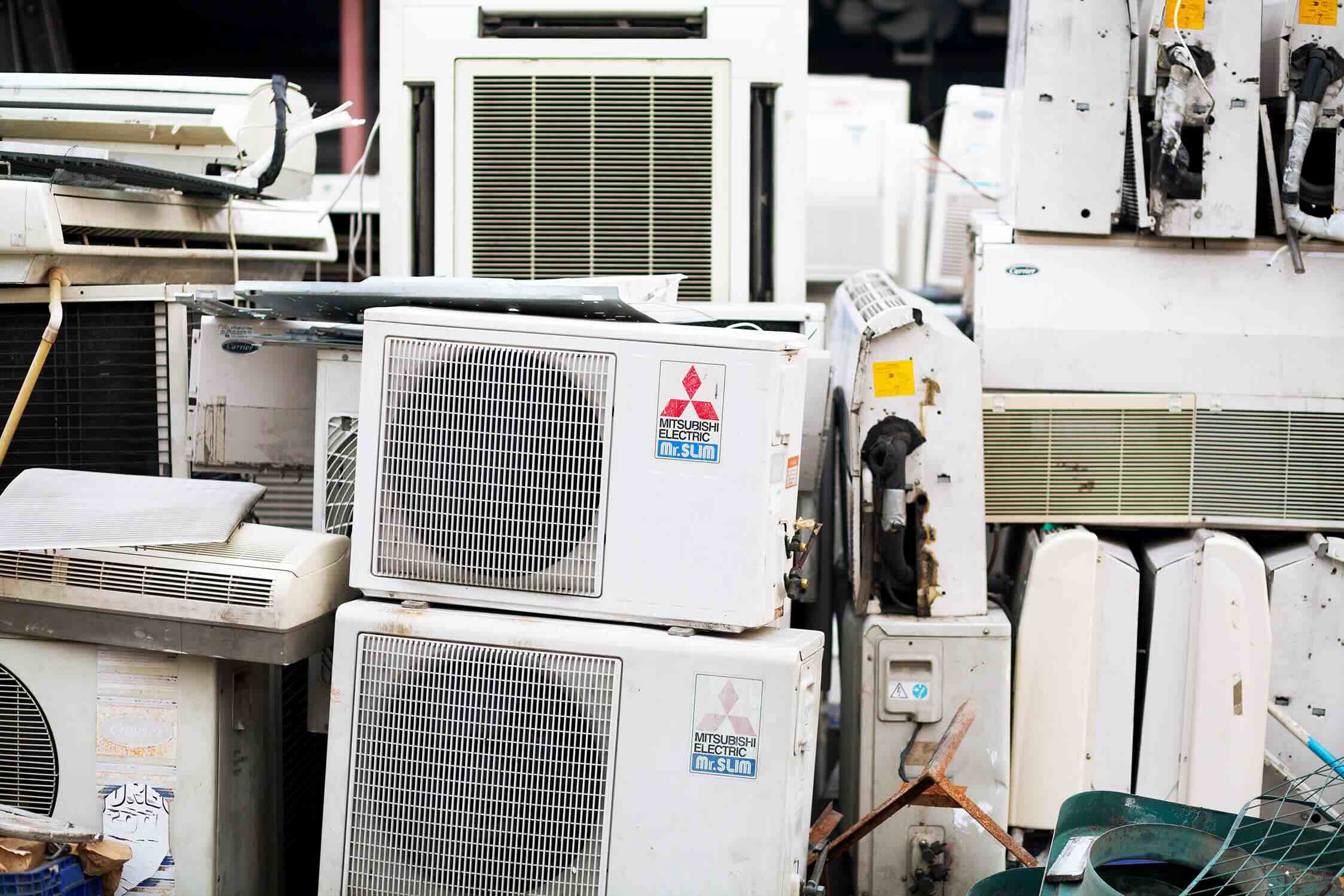
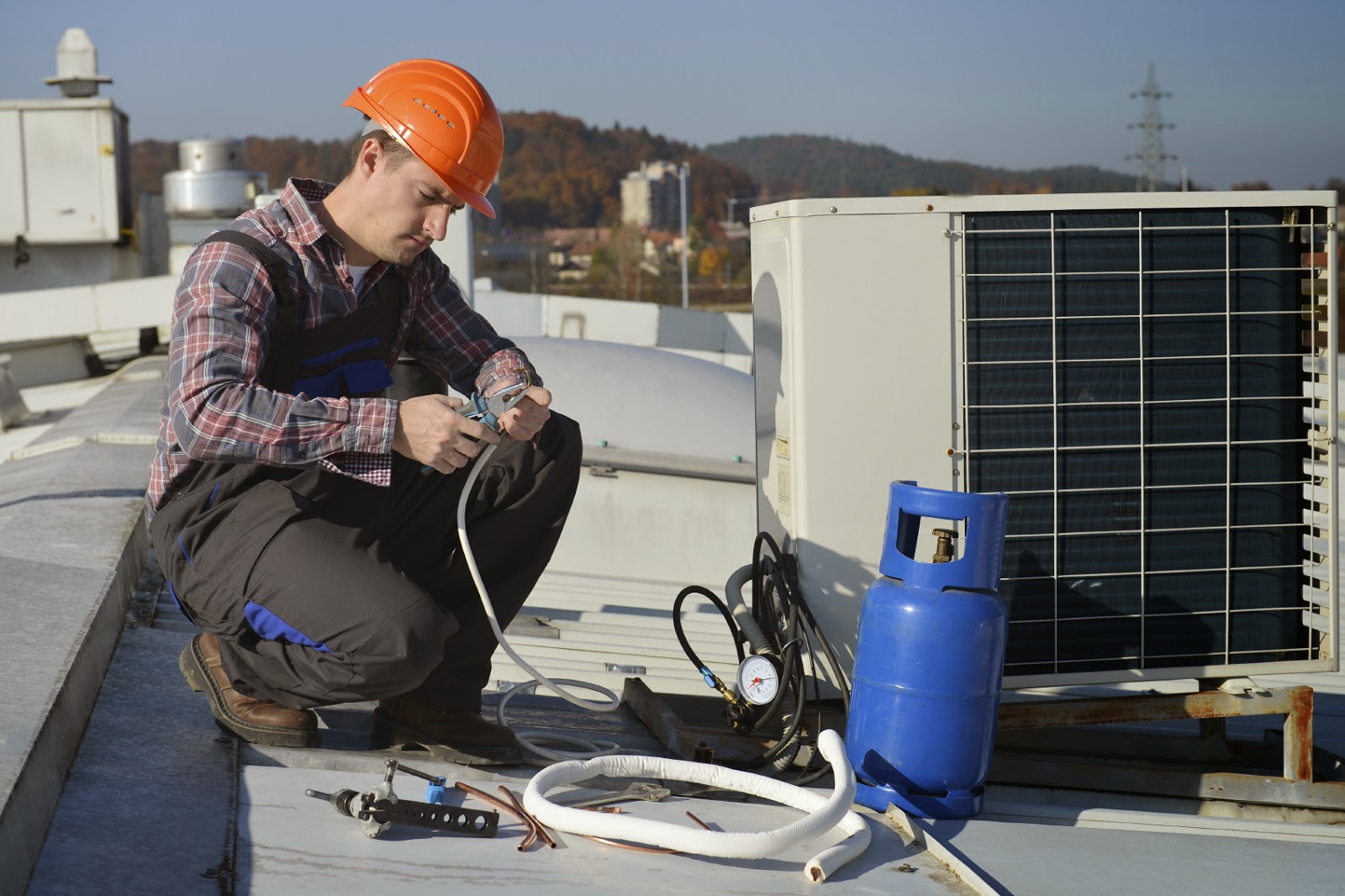

0 thoughts on “How To Store Air Conditioner”